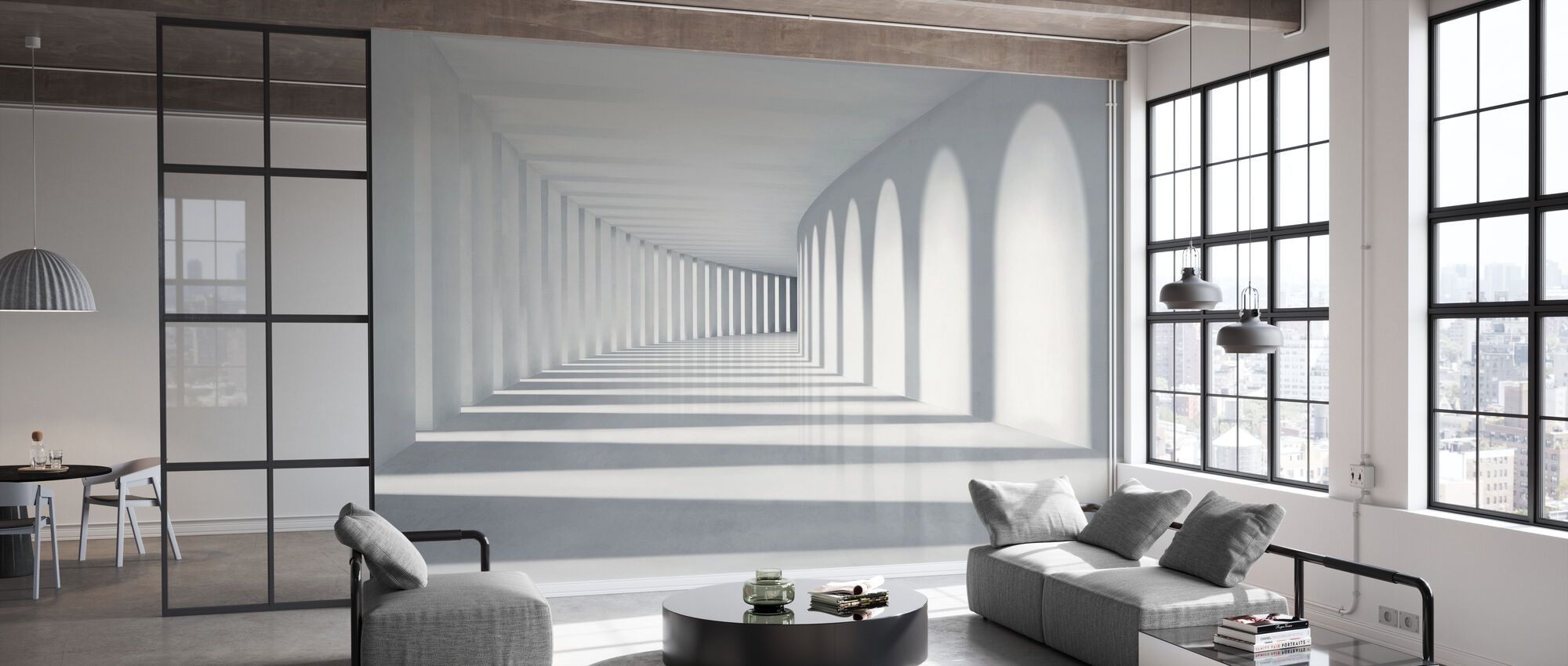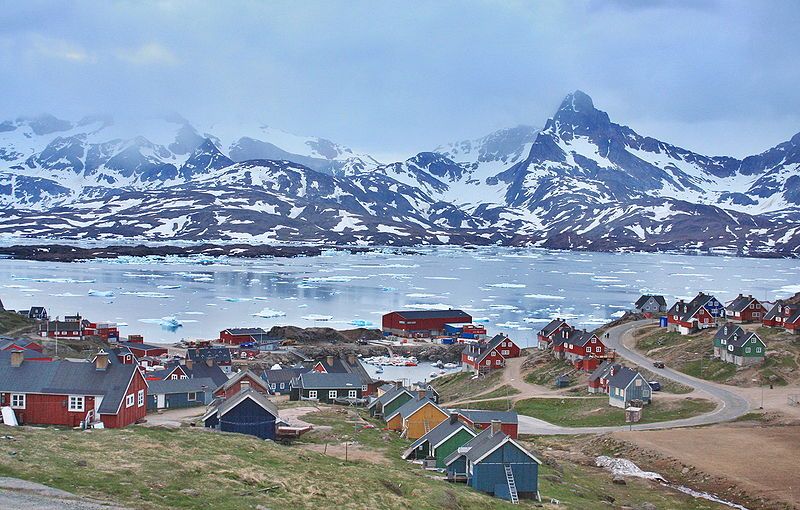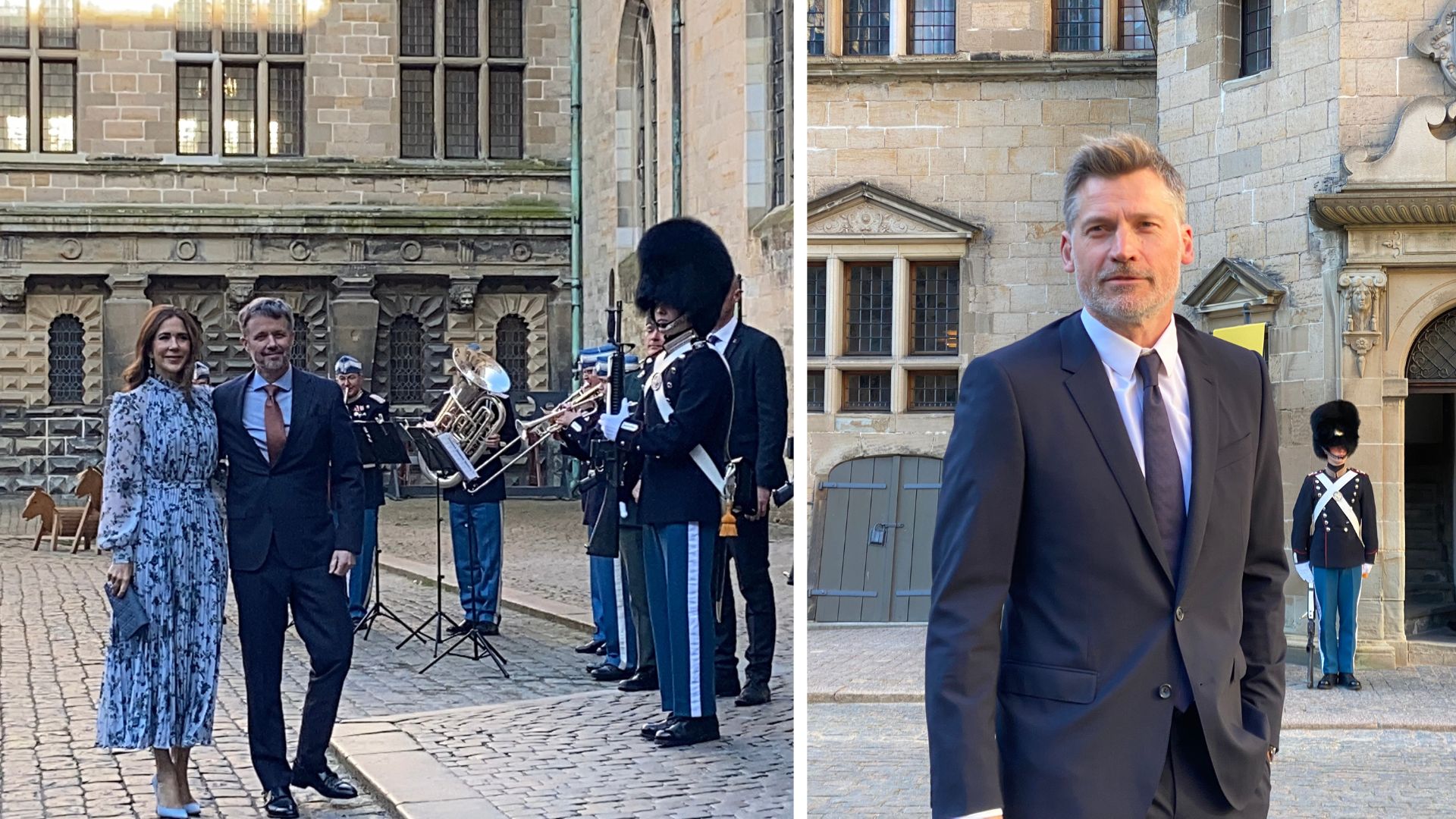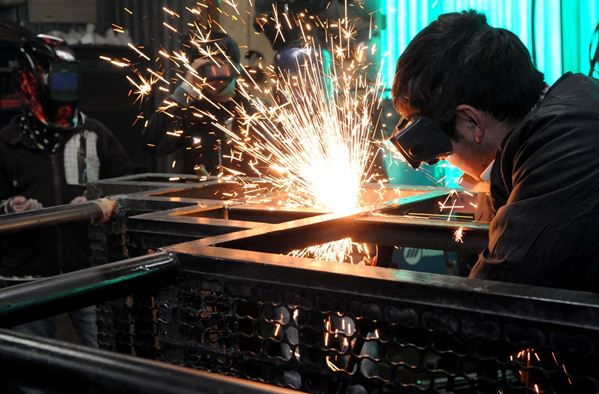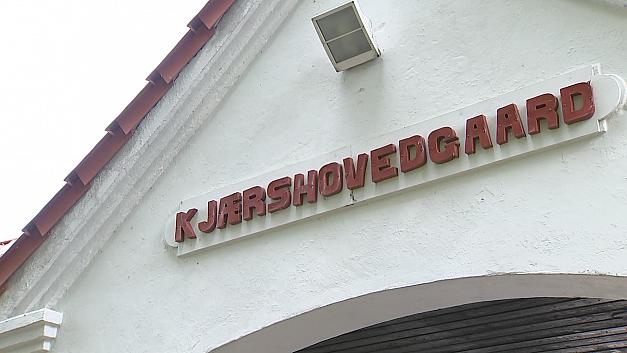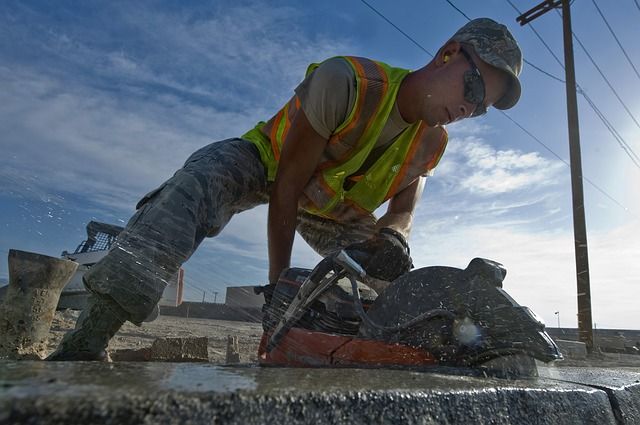Weapons have always been a way of the world – ever since that ape brandished that bone in ‘2001 A Space Odyssey’! – and digs in and around battlefields have always managed to unearth untold amounts of ancient artillery and armoury.
Buildings too. Us humans like to be warm at night, and ever since we figured we could build our own trees, only with slightly better insulation and roofs, we’ve been hard at it, cranking together all manner of material: mud, marble, mahogany, you name it!
But even before weapons and buildings, one relic predates them all: art! When ancient humans lived in caves with only primitive, bone-based weapons to defend themselves, they still felt the need to be surrounded by compelling depictions of the world around them.
That need to make sense of the world continues today with the popularity of photowall wall murals.
Inhabiting our living spaces with awe-inspiring art, in the same way the Romans favoured mosaics and the artists of the Renaissance painted their ceilings, is a very human quality.
Quite simply, to live is to appreciate art.
Conveying an owner’s ethos
So it’s no fluke that the oldest surviving relics of the past, the ancient cave paintings found in countries such as France and Australia, are art.
Humans have always favoured art over blank walls because they fire the imagination. Picture a room you frequented in your childhood, and it’s highly likely you’ll remember the artworks more than the colour of the walls.
Parents are increasingly prepared to spend more on decorating their children’s rooms because they know it is an investment. Studies show that regular exposure to art is healthy for the mind. In the case of children, they are happier and more relaxed.
Wall murals depicting human behaviour can also encourage empathy: they make the children question the motivations of the persons depicted. Why are they angry, scared or happy? Are we too quick to judge?
Murals in our everyday domains encourage a similar reaction. Ask yourself: have you ever visited a room of importance, such as a palace or governmental communal room, and encountered blank walls.
No! Murals depict the ethos of the building’s owner: from the hunter-gatherers of yesteryear, to those who battle for human rights across the free world.

